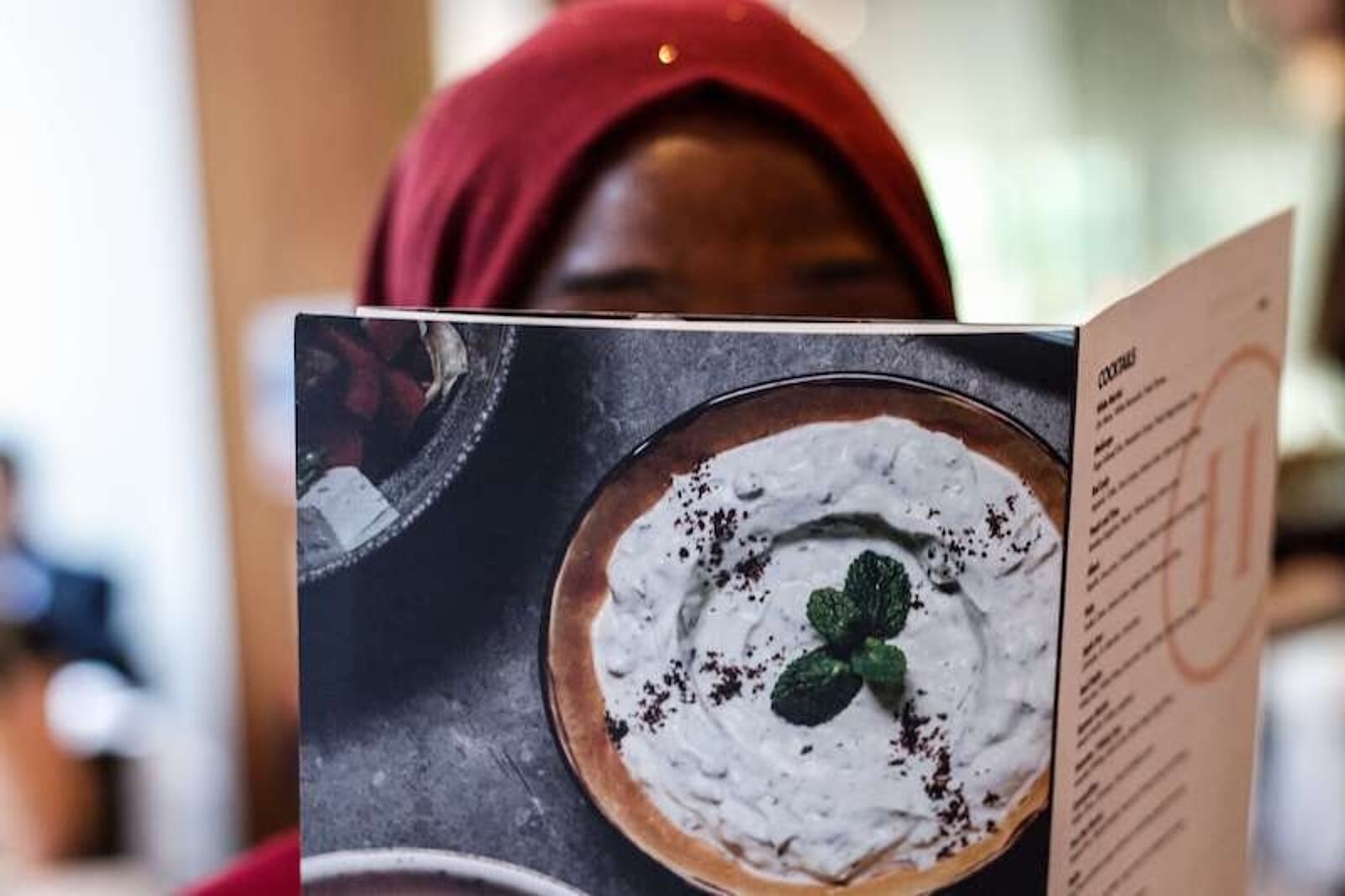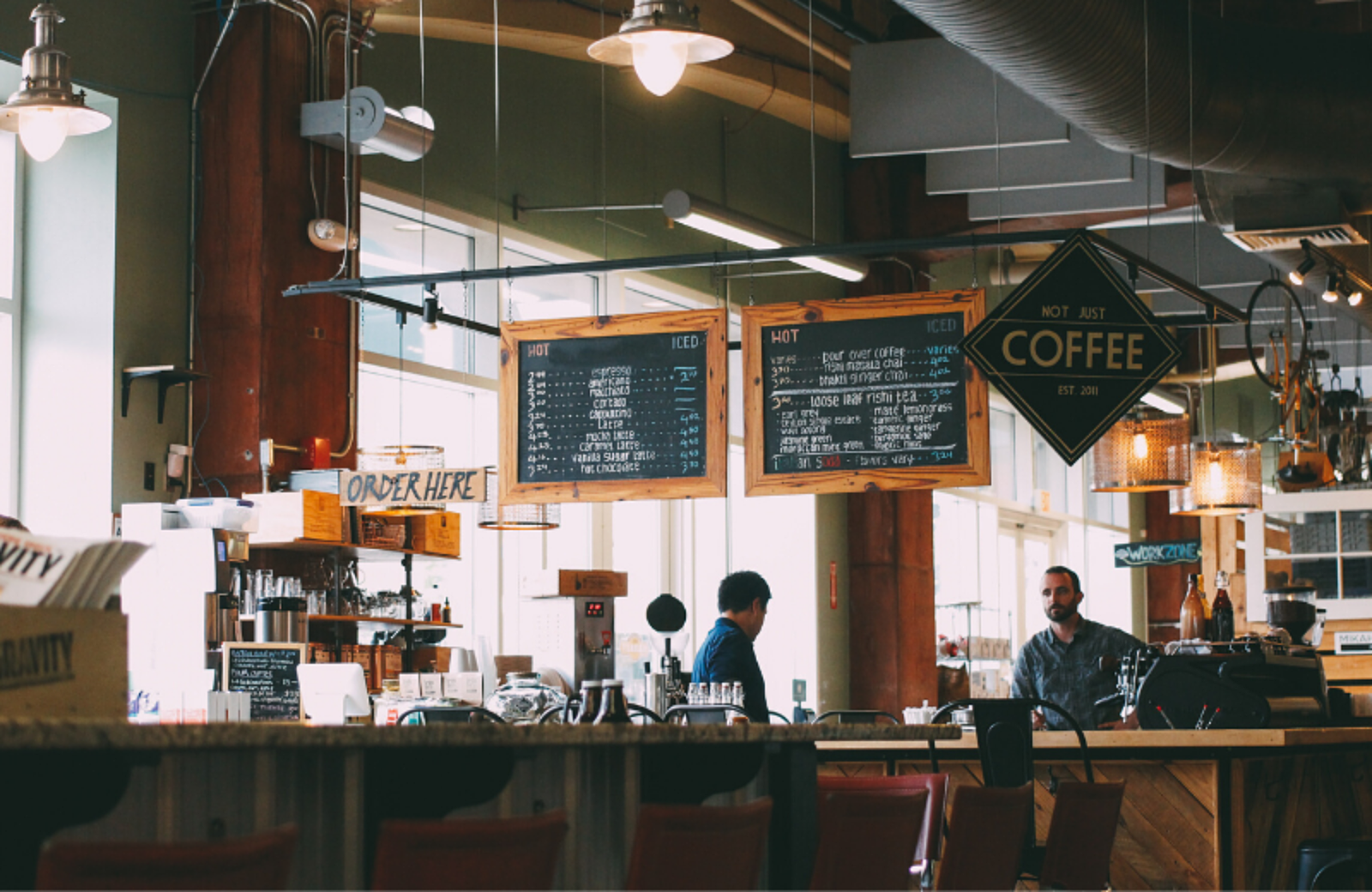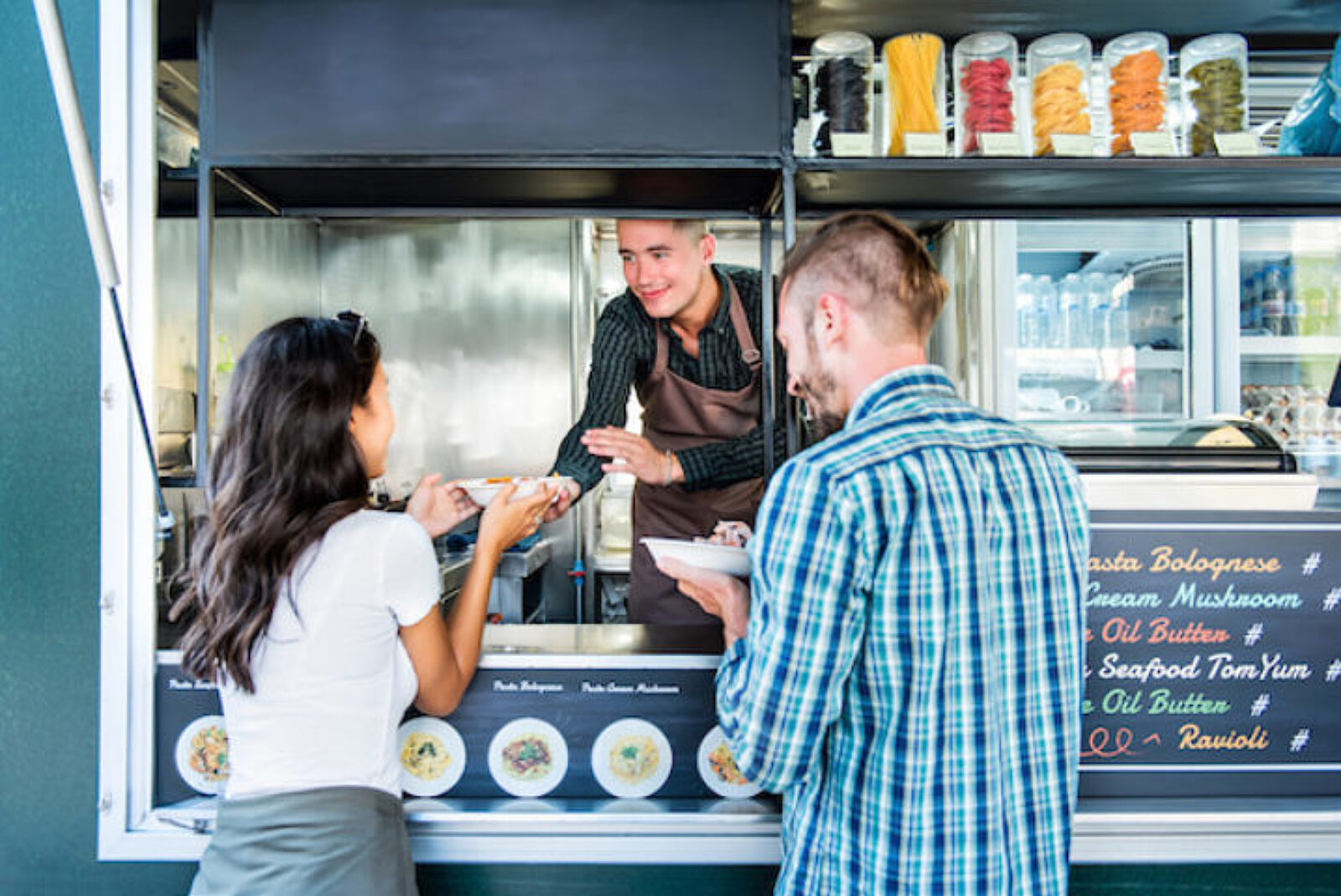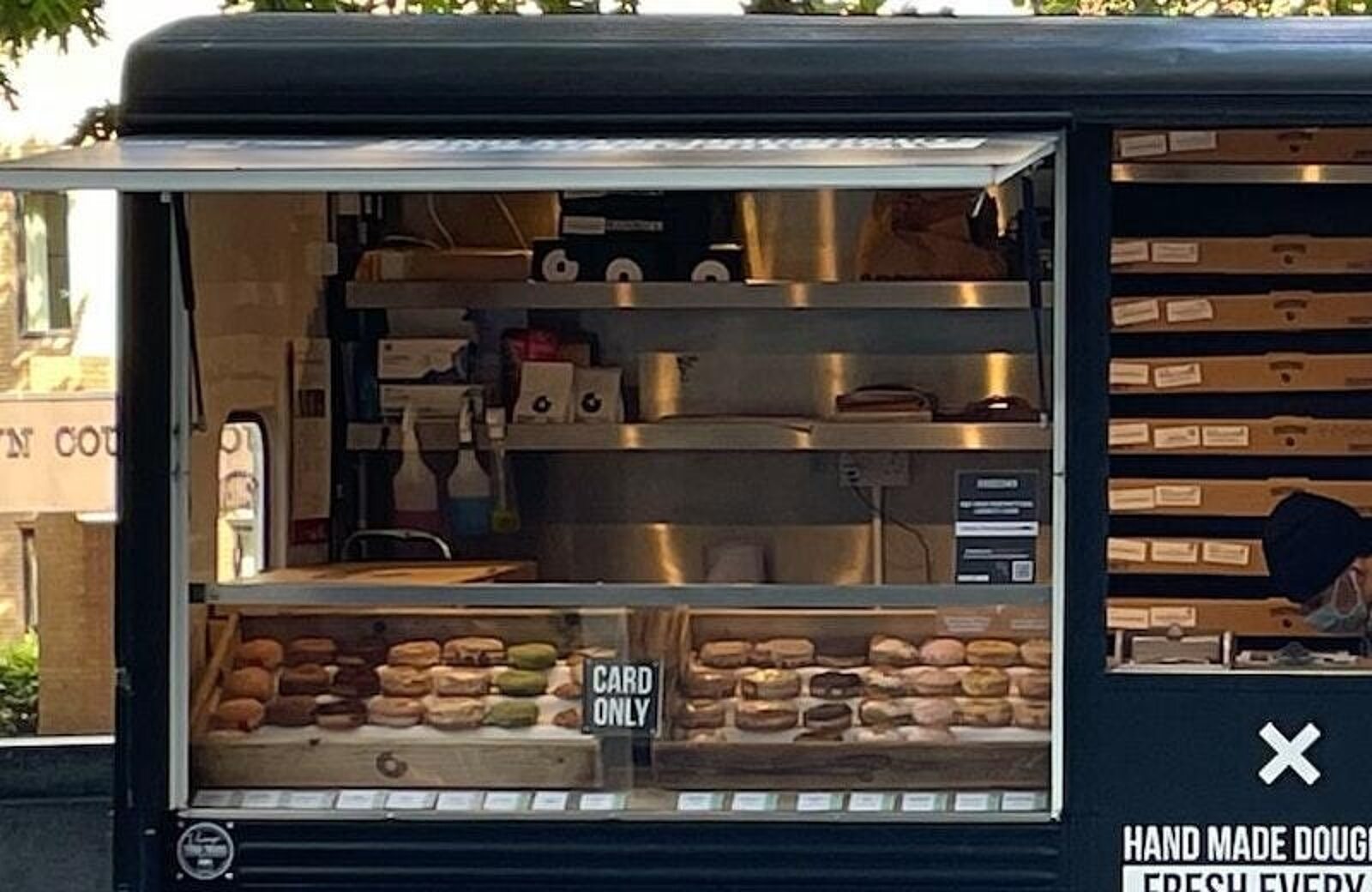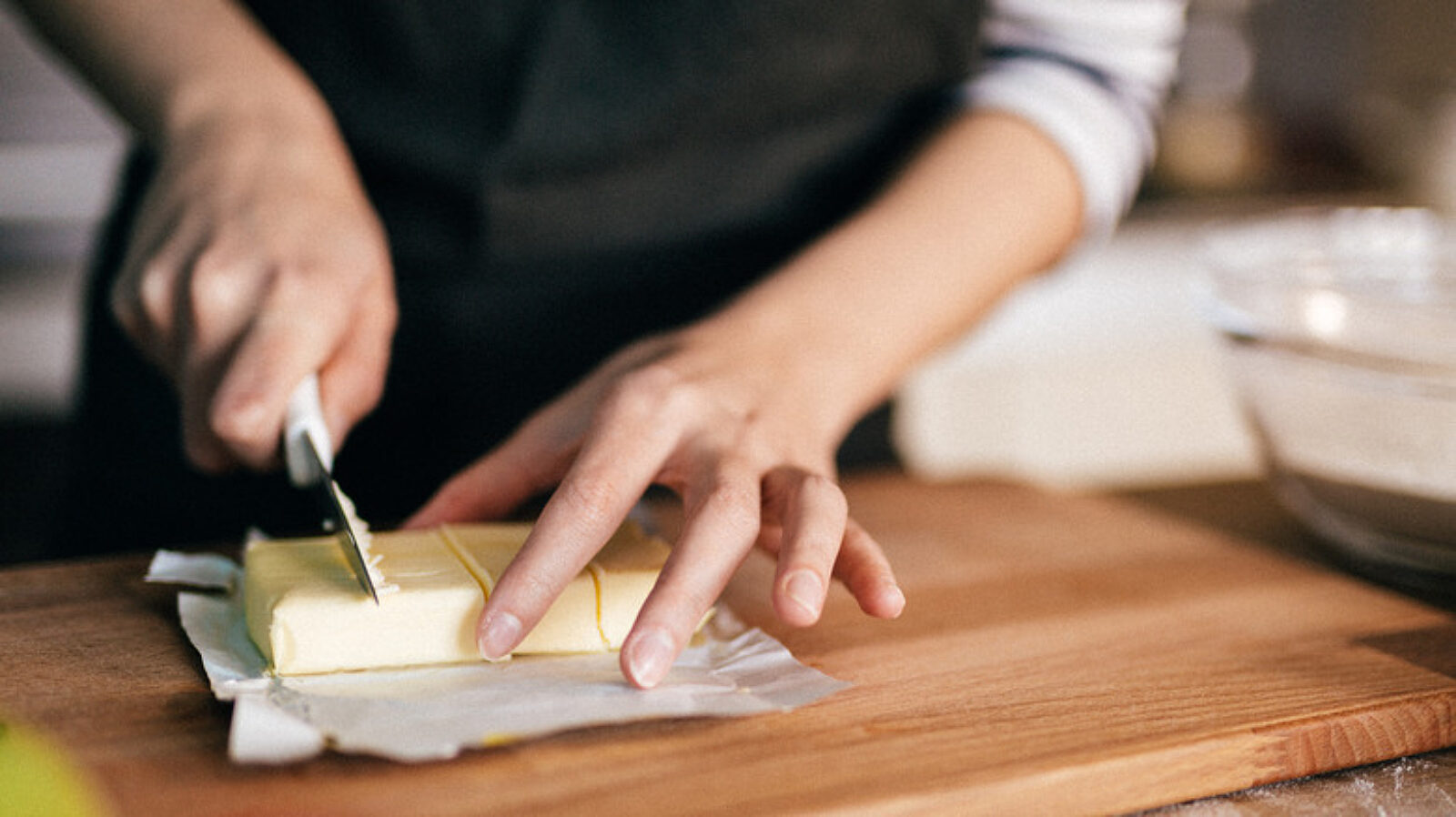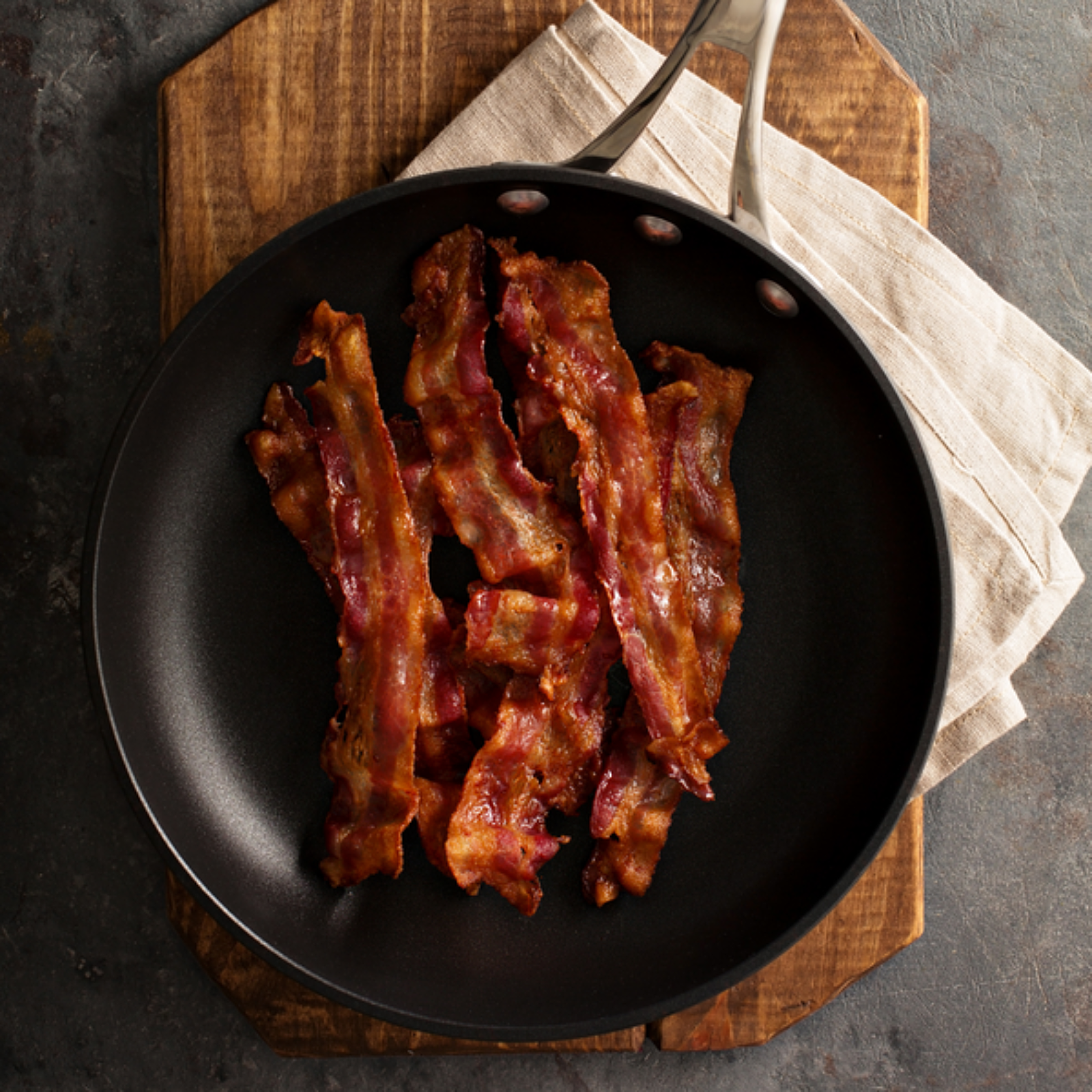10 BEST and Most Profitable Sports Food Truck Foods and Menu Items
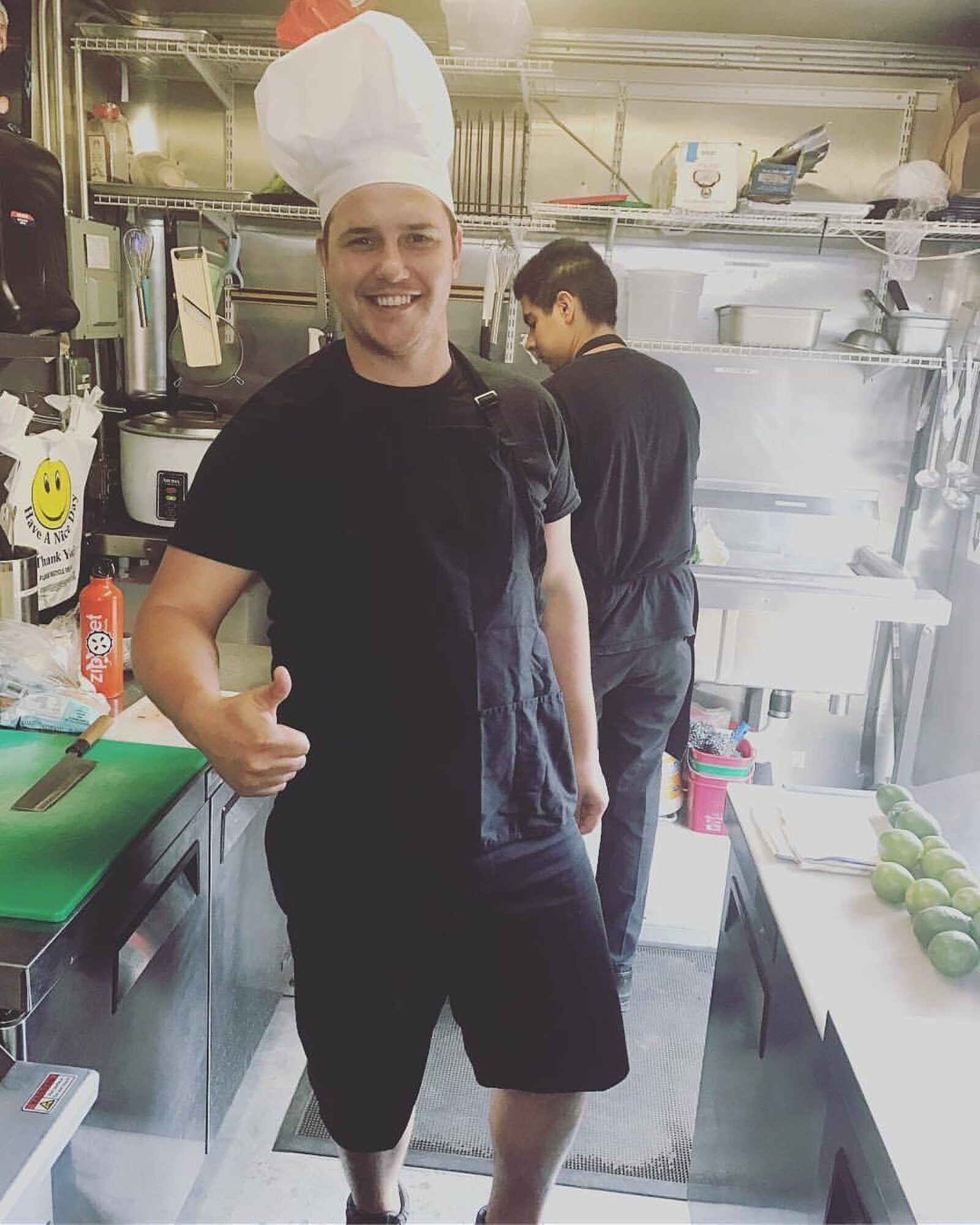
Justin GuinnAuthor
Most Profitable Food Truck Foods and Menu Items
Food trucks can be a great way to get into the restaurant game. Lower start-up costs matched with the most profitable food truck foods can make for a great business.
Cost-effective ingredients, creative recipes, strategic pricing, and customer preferences play a crucial role in maximizing the profitability of food truck menu items. Whether it's sandwiches and burgers, fried goods, or unique cuisine specialities, the most profitable food truck foods can help menus strike a balance between popularity and profitability.
In this article, we'll explore the key ingredients of sustained food truck profitability, delve into individual food truck menu item profitability, and explain how to analyze menu items to calculate plate costs, menu prices, and overall profitability.
Restaurant Cost Control Guide
Use this guide to learn more about your restaurant costs, how to track them, and steps you can take to help maximize your profitability.

Key ingredients of sustained food truck profitability
Revving up profitability in a food truck can be easier than you think. Here are the key factors to consider when developing your menu of profitable food truck foods.
Cost-effective ingredients: Like any kitchen space, food trucks must utilize cost-effective ingredients. Staples like bread, produce, meat, and dairy provide a solid foundation for profitability.
Quality and presentation: The appearance and taste of food truck foods play a pivotal role. Using fresh and high-quality ingredients coupled with appealing presentation can justify premium pricing and help enhance profitability.
Unique creations: Differentiate your food truck by offering unique, signature creations. Consider integrating themes into your menu items based on where you’re setting up your truck.
Seasonal specials: Adapt food truck foods to seasonal ingredients, whether it's holiday-themed items or seasonal produce for salads and sandwiches. Seasonal specials can create anticipation and help boost sales.
Restaurant Operator Insights Report
See insights from real restaurant operators which can help you benchmark your current and planned restaurant technology stack against your peers as we head into 2024 and beyond.

Achieving success with strategic menu item pricing
Proper pricing is essential to ensure profitability in your food truck. Here are some tactics to consider when setting or revamping your food truck prices.
Cost analysis: Understand the cost of ingredients, labor, and overhead to establish a baseline price. Pricing should not only cover costs but also allow for a healthy profit margin.
Competitive analysis: Research local competitors to determine what they charge for similar food truck foods and restaurant menu items. Price competitively while showcasing the quality and uniqueness of your offerings.
Multiple price tiers: Offer a range of prices to cater to different customer segments. Include premium, mid-range, and budget-friendly options, allowing customers to choose based on their level of hunger, time to dine, and budget.
Read this next
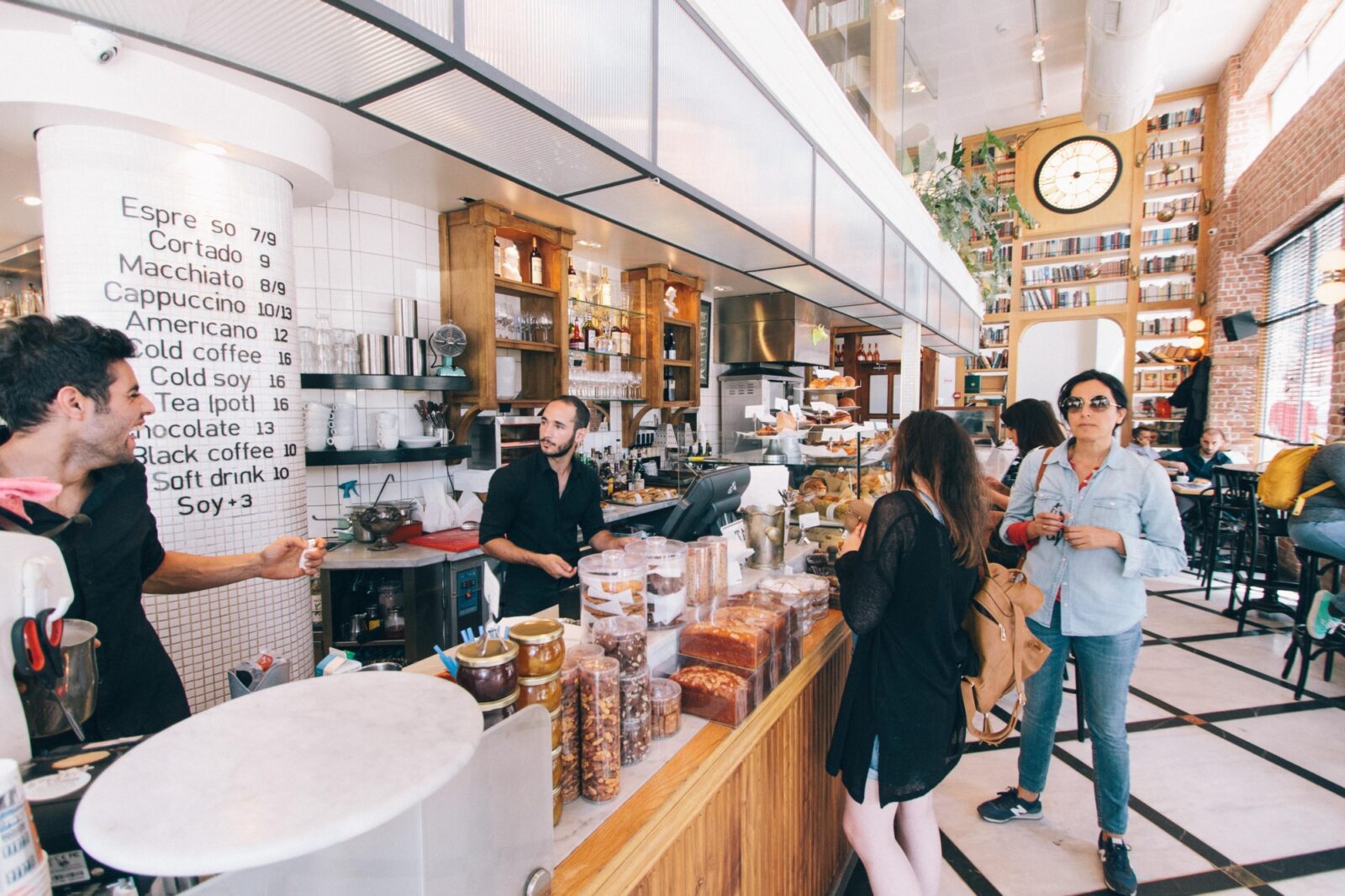
How Understanding Restaurant Demographics Can Help Boost Sales
Restaurant operators can help boost sales by identifying and optimizing for their customer demographics.
Most profitable food truck foods
Here are some of the most profitable food truck foods that can elevate your food truck's success and boost your bottom line.
Burgers: Burgers can be a safe haven for guests that aren’t looking to press their culinary boundaries. And at the same time, depending on the toppings, burgers can press culinary boundaries.
Bowl and salads: Offer a wide array of unique and healthy fresh grain bowls and salad options full of vegetables, fruits, and proteins.
Hand pies and other pastries: A variety of delightful meat-filled pastries or sweet treats can be made ahead of time in your commissary kitchen and be heated to order on the truck — making for a profitable and easy service.
Fried foods: Assuming your food truck is equipped with fryers, fried foods can be a great way to boost profits and streamline service pickups. Most fried goods can be par cooked and fried to finish for each order.
Noodles: Whether bought or made in-house, noodles can be another easy and profitable pick up on your food truck menu. All you need is a pot of boiling water and individual cages to drop for each order.
By focusing on the most profitable food truck foods and implementing strategic pricing, food truck operators can tap into a prosperous market and ensure sustained profitability.
With the right mix of cost-effective ingredients, quality, creativity, pricing, and the selection of profitable food truck foods, your food truck can thrive and meet customer demands in the long term.
Menu Engineering Course
Take this course to make the most of your menu. Learn about menu psychology and design, managing your menu online, and adapting your menu to increase sales.

Optimizing food truck operations with the right blend of tech and service models
Offering the right restaurant foods can make a significant impact on the overall profitability of your business. Folding some or all of these most profitable restaurant foods into your menu may help boost profit margins on your sales.
Here are a few other ways to help encourage greater restaurant profitability, including restaurant cost breakdowns, restaurant technology, and optimized service models.
Adjust what goes on your plate
Calculating plate costs can show you exactly the costs and profit margins for individual menu items. It’s the combination of recipe cost, portion costs, and individual ingredient costs. It can help food truck owners see exactly how each component is contributing to the overall profitability of a dish or drink — making it easier to achieve an ideal balance between portions and profits.
Remove popular items that’ve lost profitability
If plate costs become too high, food truck operators should be careful not to fall into a trap of sentimentality. Underbelly Hospitality Group realized that the cost of chicken had risen dramatically, fluctuating between 30 and 40 percent higher than usual. Rather than sacrifice the quality or portion size of their famed, crowd-pleaser wings, they pulled them entirely.
Get more efficient with scheduling
More staff doesn’t equal better service. Too many team members and not enough work leads to complacency. Then everyone loses — staff members and their tips and engagement, customers missing out on great experiences, and your ballooned labor costs.
Restaurant scheduling software that’s integrated with payroll software can help you take control of your weekly staff schedule and associated costs.
Implement the New Steps of Service
What if a single adjustment could improve guest and employee experiences while saving on labor costs? Sounds too good to be true until you dive into the New Steps of Service — with streamlined service that can empower guests to order and pay at the table whenever they like. The New Steps of Service ROI Calculator can quantify potential impacts on your labor costs and operational efficiency.
Leverage granular reporting within your restaurant software
Invoice processing automation is an automated tool that digitizes critical invoice line-item data.
Having this ingredient pricing data readily available can simplify your ability to calculate COGS, monitor price fluctuations, and take action on the COGS side of your ongoing restaurant cost breakdowns.
Just like with invoice automation for food costs, scheduling and payroll and team management tools can help automate and simplify labor cost calculations.
You likely don’t have time to manually calculate individual payrolls — and you definitely don’t have time to add all that up to get your cumulative labor costs. An easy-to-use payroll and team management software gives you transparency and visibility into fluctuations in your weekly labor costs, tip pooling breakdowns, payroll taxes, and deductions.
Restaurant Invoice Automation Guide
Use this guide to learn more about your restaurant invoices, the value within, and how to consistently and accurately tap into it to make smarter decisions.

Where to go from here
Combining Toast and xtraCHEF can help all types of restaurants access reports on daily sales, costs, and how they’re impacting profitability.
Toast Payroll and Team Management, as well as Scheduling, powered by Sling, work together to uncover valuable labor trends so you can make better decisions.
xtraCHEF by Toast empowers you to drill into line-item level detail for every ingredient on each of your supplier invoices.
Together, these tools can automate and simplify the process of creating restaurant cost breakdowns.
Is this article helpful?
DISCLAIMER: This information is provided for general informational purposes only, and publication does not constitute an endorsement. Toast does not warrant the accuracy or completeness of any information, text, graphics, links, or other items contained within this content. Toast does not guarantee you will achieve any specific results if you follow any advice herein. It may be advisable for you to consult with a professional such as a lawyer, accountant, or business advisor for advice specific to your situation.

